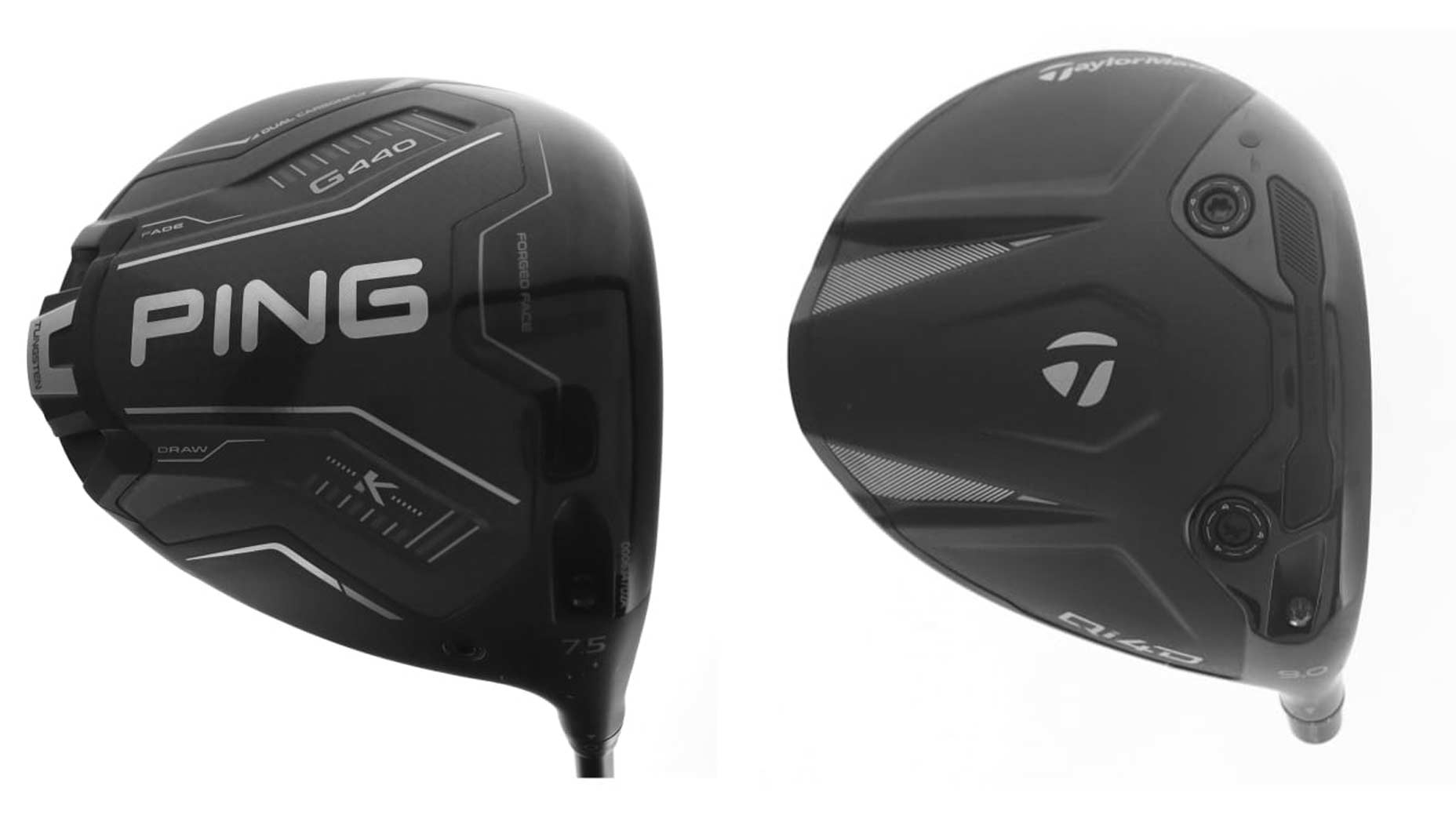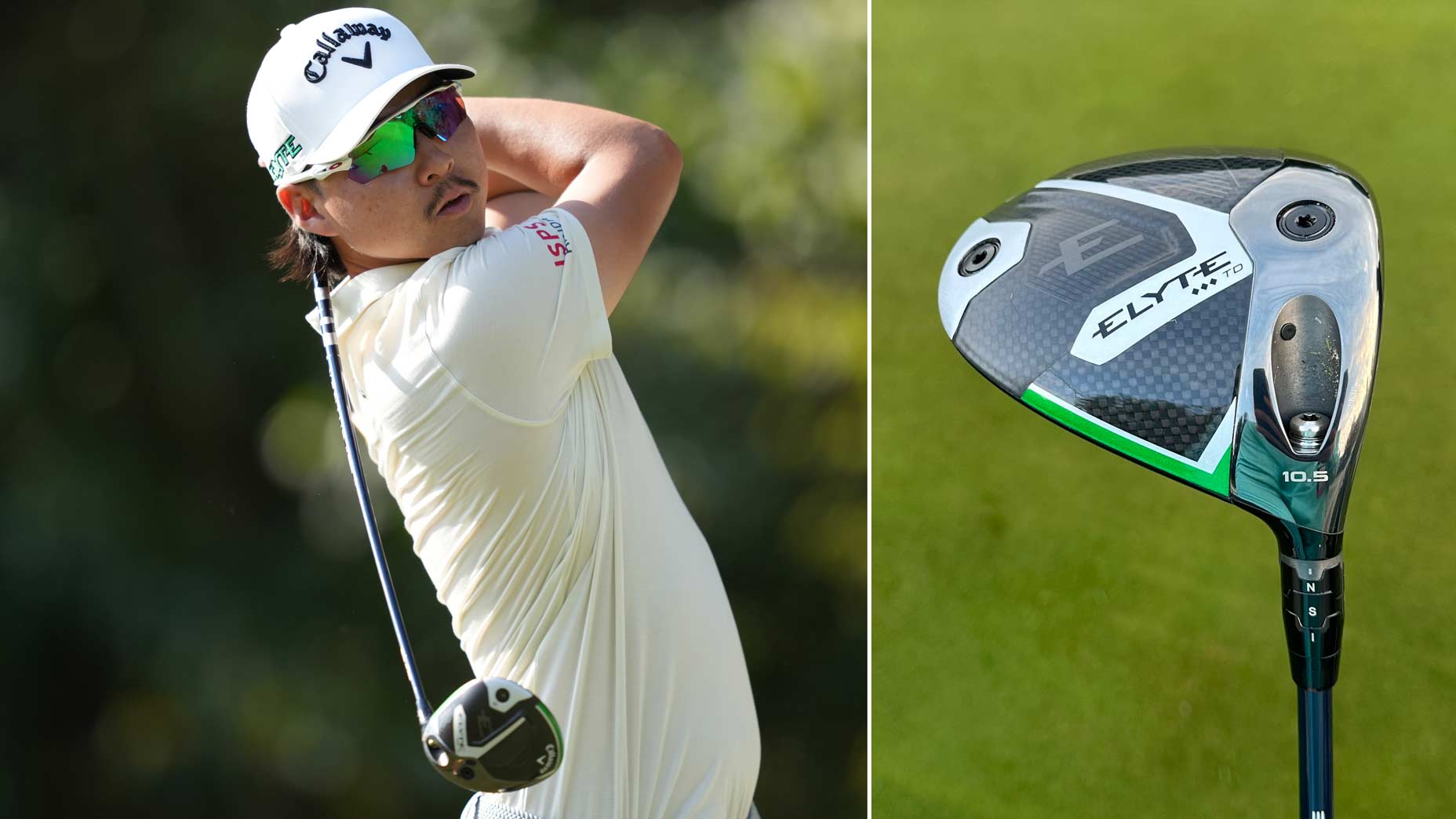We constantly preach the value of getting fit for equipment that’s built to your game. But it’s important to point out there’s nothing wrong with tabs on the gear being played in the professional ranks. Even if you can’t handle the driver in Cameron Champ’s bag, recreational golfers can still glean valuable bits of insights by simply taking a closer look at the setups.
During the latest episode of GOLF’s Fully Equipped podcast, Ping Tour rep Kenton Oates offered a detailed look at the Ping equipment inside Genesis Invitational winner Joaquin Niemann’s bag. Niemann’s setup works for his golf swing, but there’s a club he carries on a regular basis that more golfers should be embracing.
That would be the 7-wood.
Up until about 5 years ago, the high-lofted fairway wood was almost non-existent on the PGA Tour. But as some of the Tour’s biggest names, including Dustin Johnson, Adam Scott and Bubba Watson, started to see the benefits of increasing launch with a sole design that made it easier to extricate the ball from the rough, other players started to take note.
In Niemann’s case, he finally embraced Ping’s G425 Max 7-wood — he prefers the Max’s higher toe and how it sits on the ground at address — at the 2020 Memorial Tournament. With Muirfield Village playing firmer than usual prior to Jack Nicklaus’ major redesign, Niemann asked Oates if there was a club he would recommend to help him hold the greens on par 5s.
Niemann initially didn’t like Oates’ suggestion but warmed to the idea of adding a 7-wood after further discussions.
“I remember he played a hybrid that first year on Tour when he got his card,” said Oates on this week’s podcast. “We talked about [a 7-wood] like we always had, but he really liked that hybrid. Then at Memorial, in 2020, Jack’s place was playing super firm and he mentioned a need for a club to stop balls [on the green] on par 5s. He was struggling from that 250-255 range into greens. I told him, ‘Dude, it’s a 7-wood.’ And he gave me that look that all 20-year-olds give me — the I’m not playing a 7-wood look. He thought it was going to go too high, but I told him that wouldn’t be the case.”
To solve Niemann’s potential height concerns, Oates cut the club to 40.5 inches — slightly shorter than a standard 7-wood — for control purposes. Niemann hasn’t changed his setup since that week.
“He’s loyal to that 7-wood,” Oates said.
This brings us to the part of the story where recreational golfers learn something from the pros. Similar to Niemann’s initial reaction, it’s easy to discount a 7-wood as a club designed for the mid-to-high-handicap stick who struggles to get the ball airborne. But the club has benefits for a wider range of handicaps and abilities.
The higher launch and increased spin not only make it a good option for approach shots but as an option off the tee when you’re struggling to get it in play.
“There’s no reason for 3-irons,” Oates said. “I get that 3-hybrids are good, but give a 7-wood a chance against the hybrid and see how much closer and straighter you hit it.”
With Niemann notching another win for the 7-wood, now is as good a time as ever to give the club a chance if you’re struggling to find a reliable fairway wood.
Want to overhaul your bag for 2022? Find a fitting location near you at GOLF’s affiliate company True Spec Golf. For more on the latest gear news and information, check out our latest Fully Equipped podcast below.










